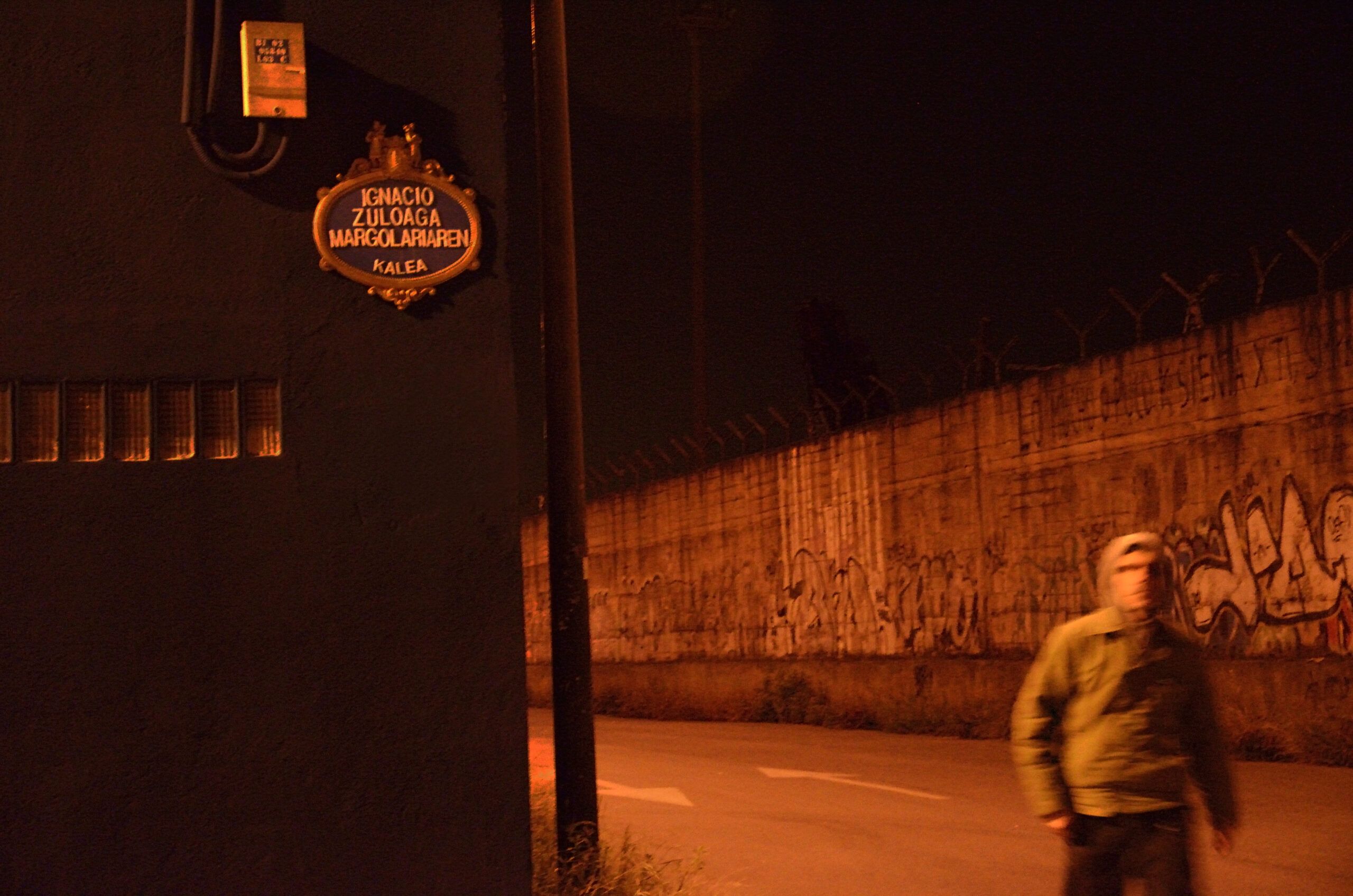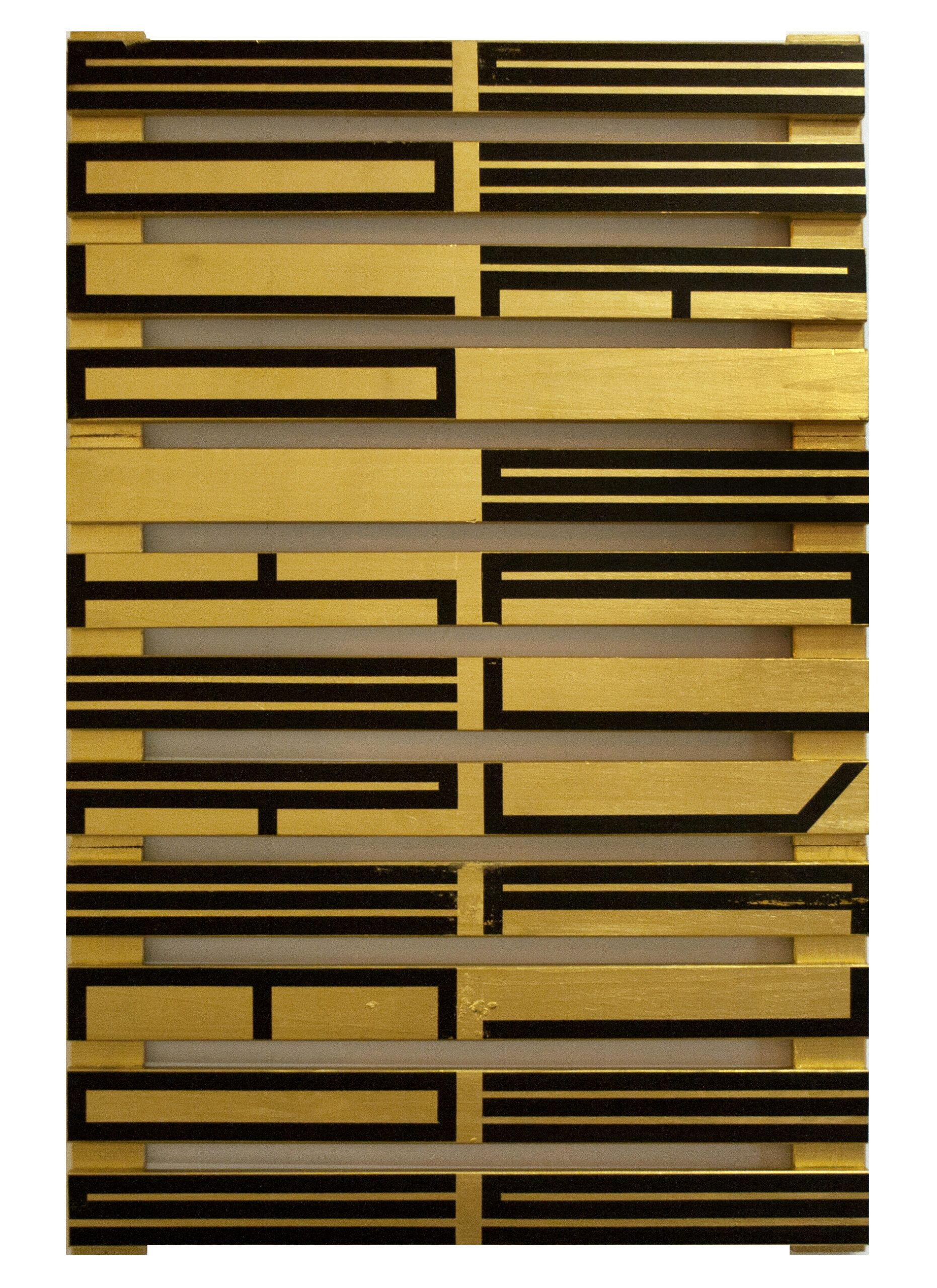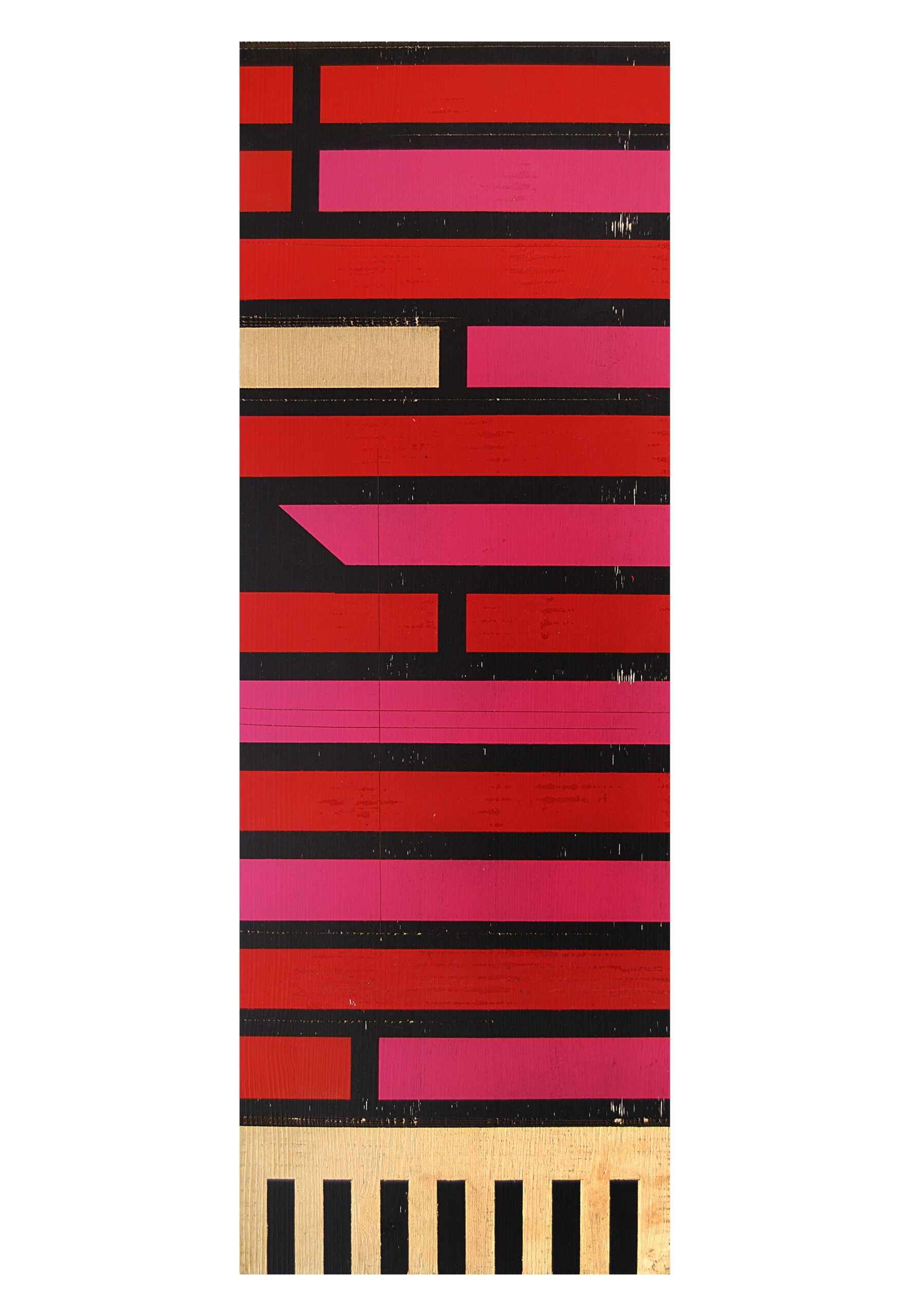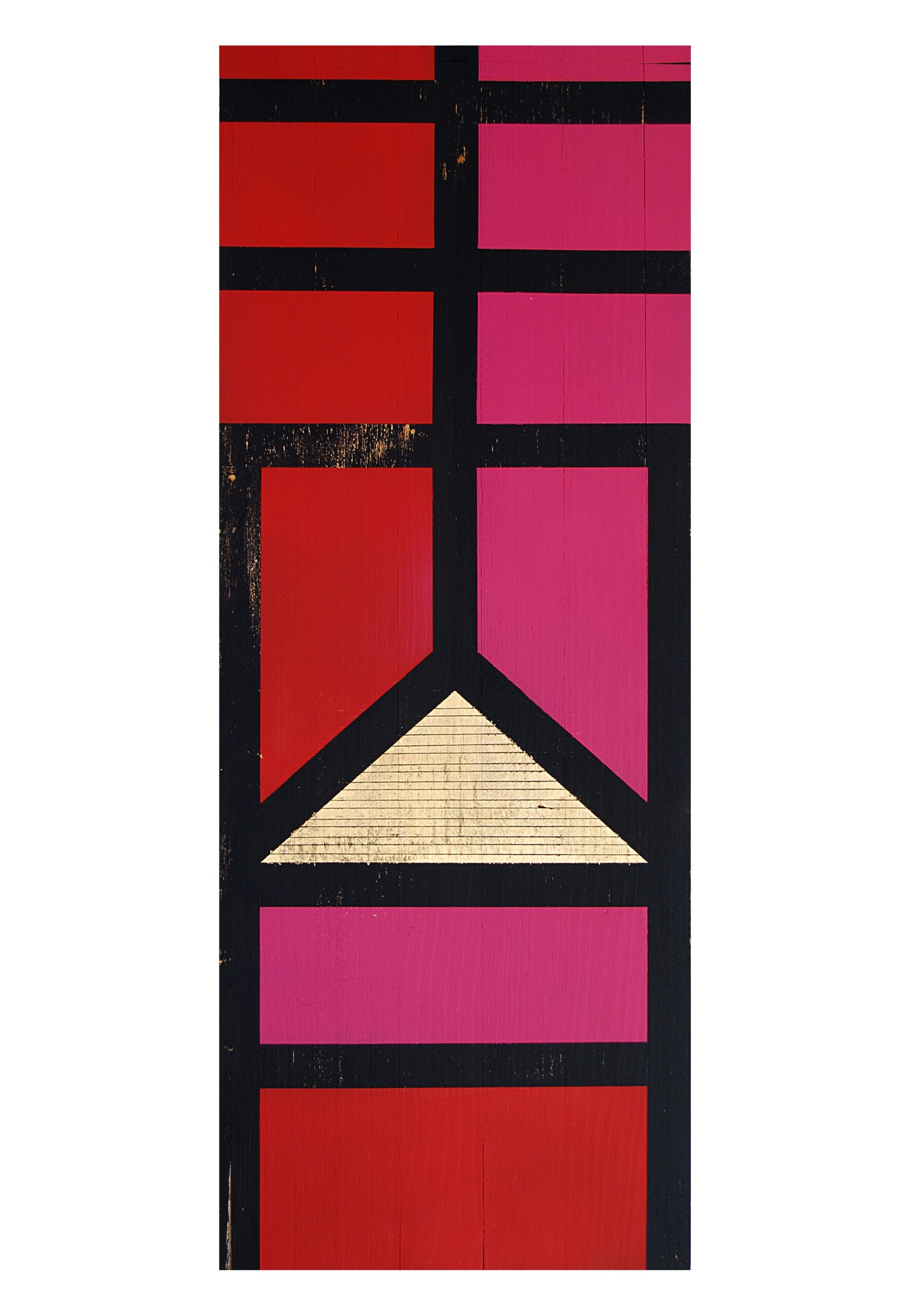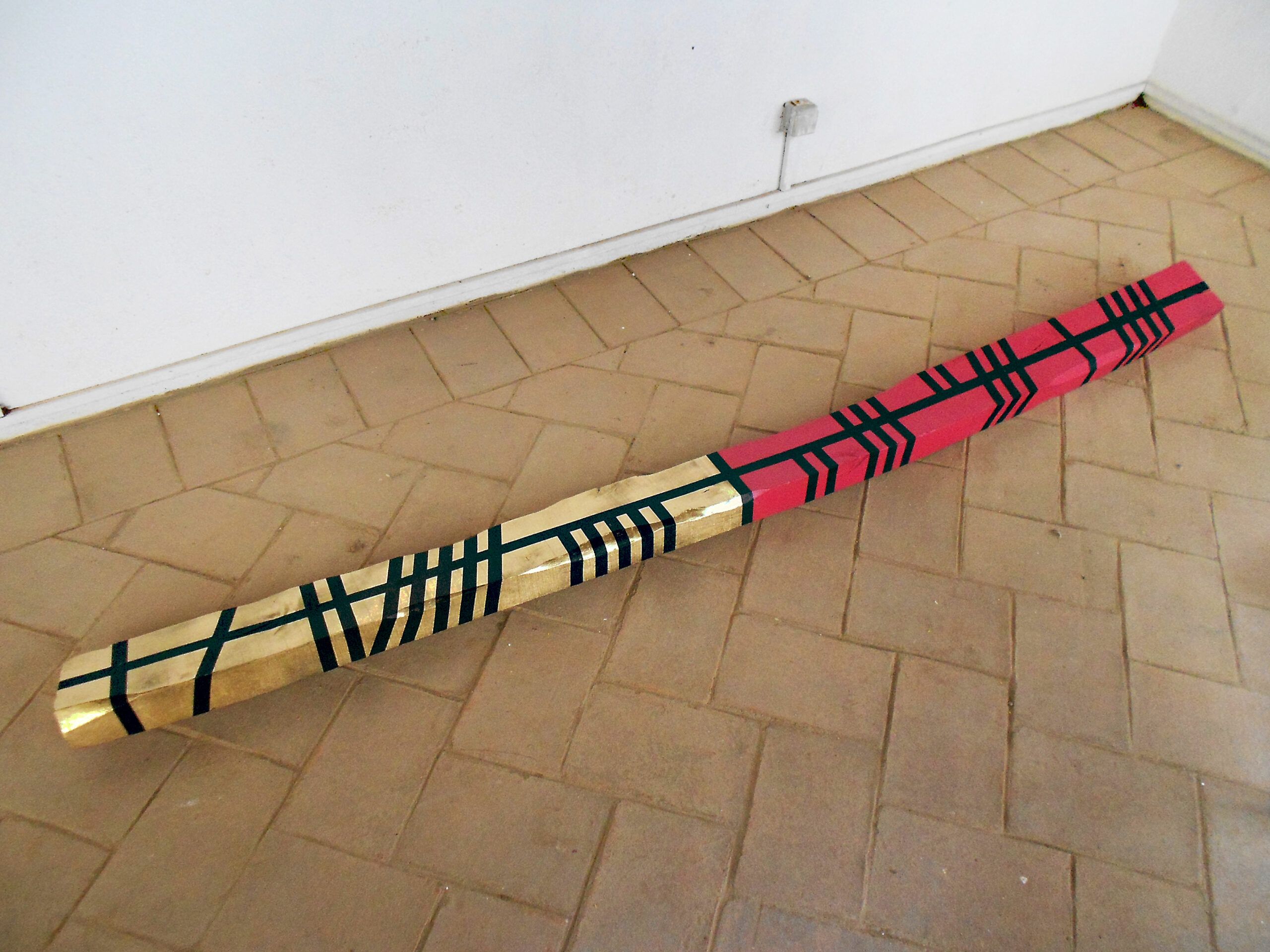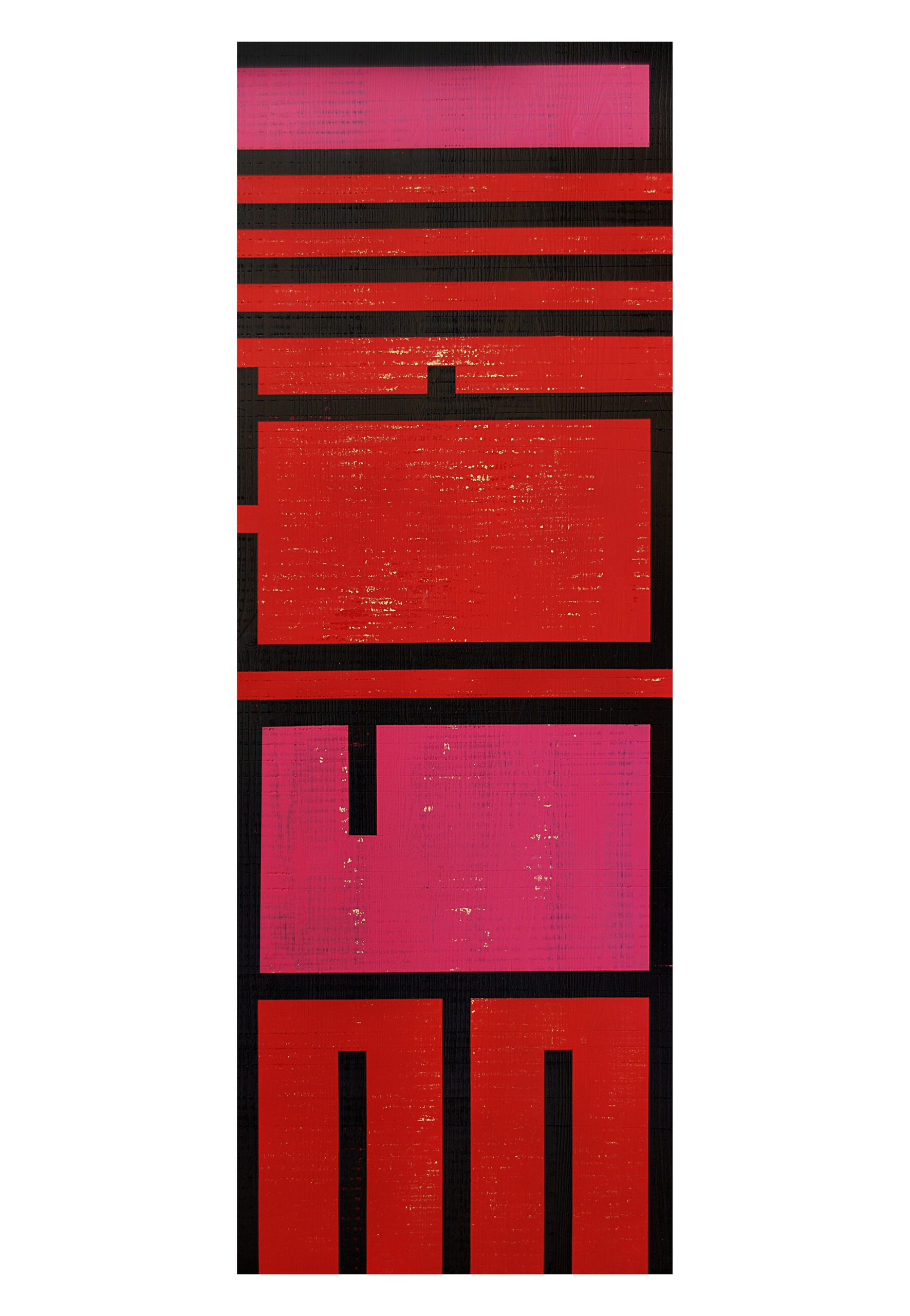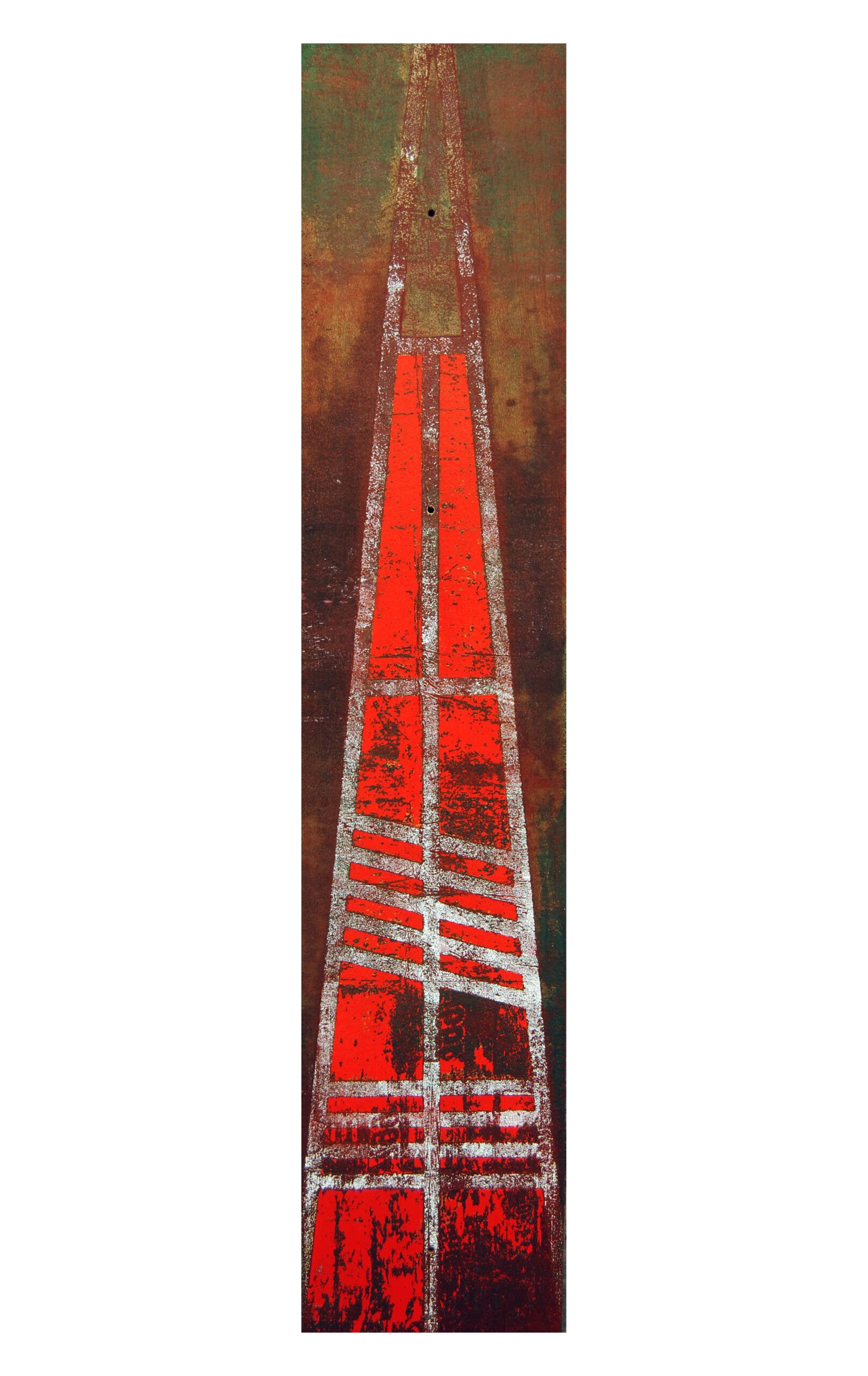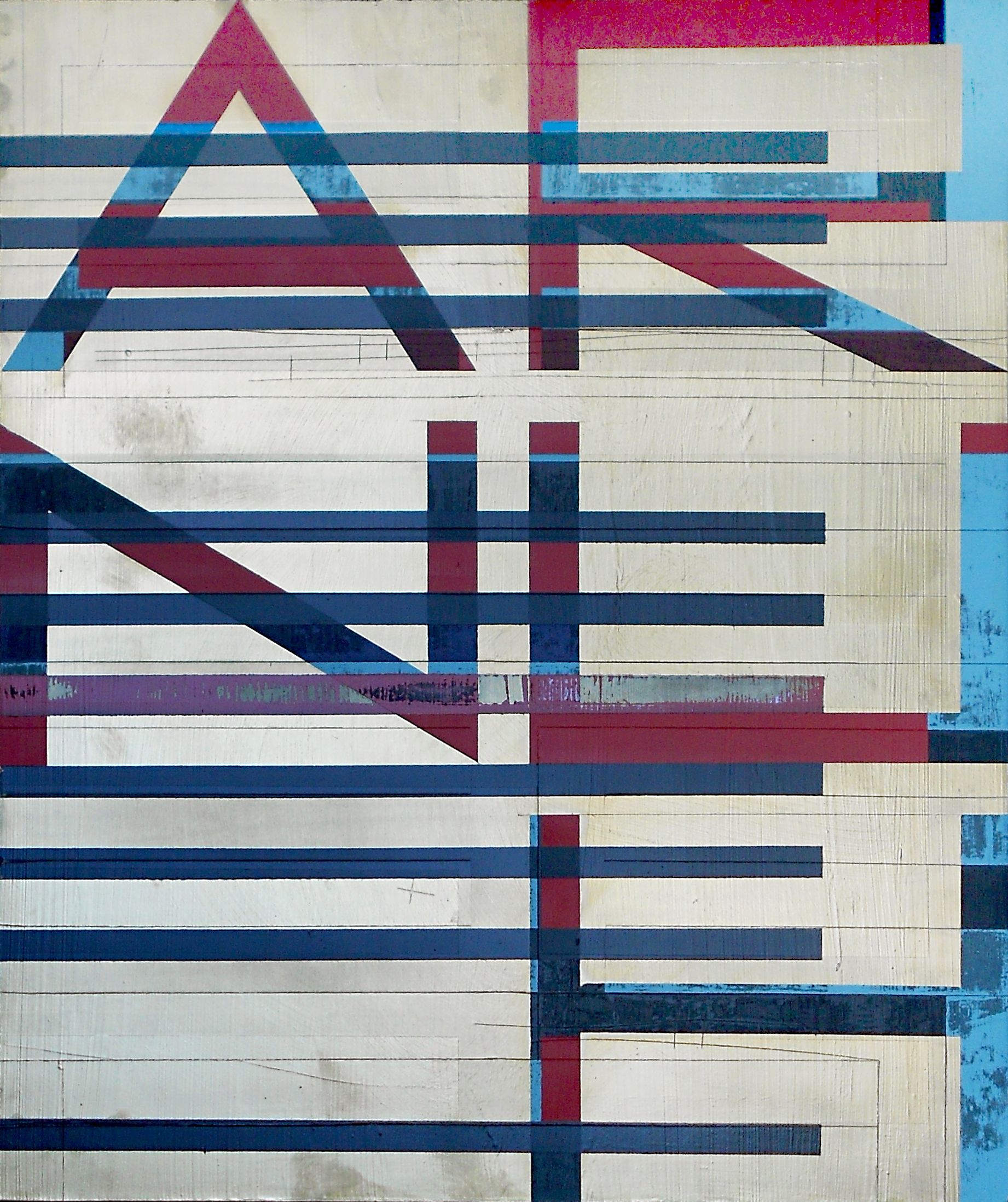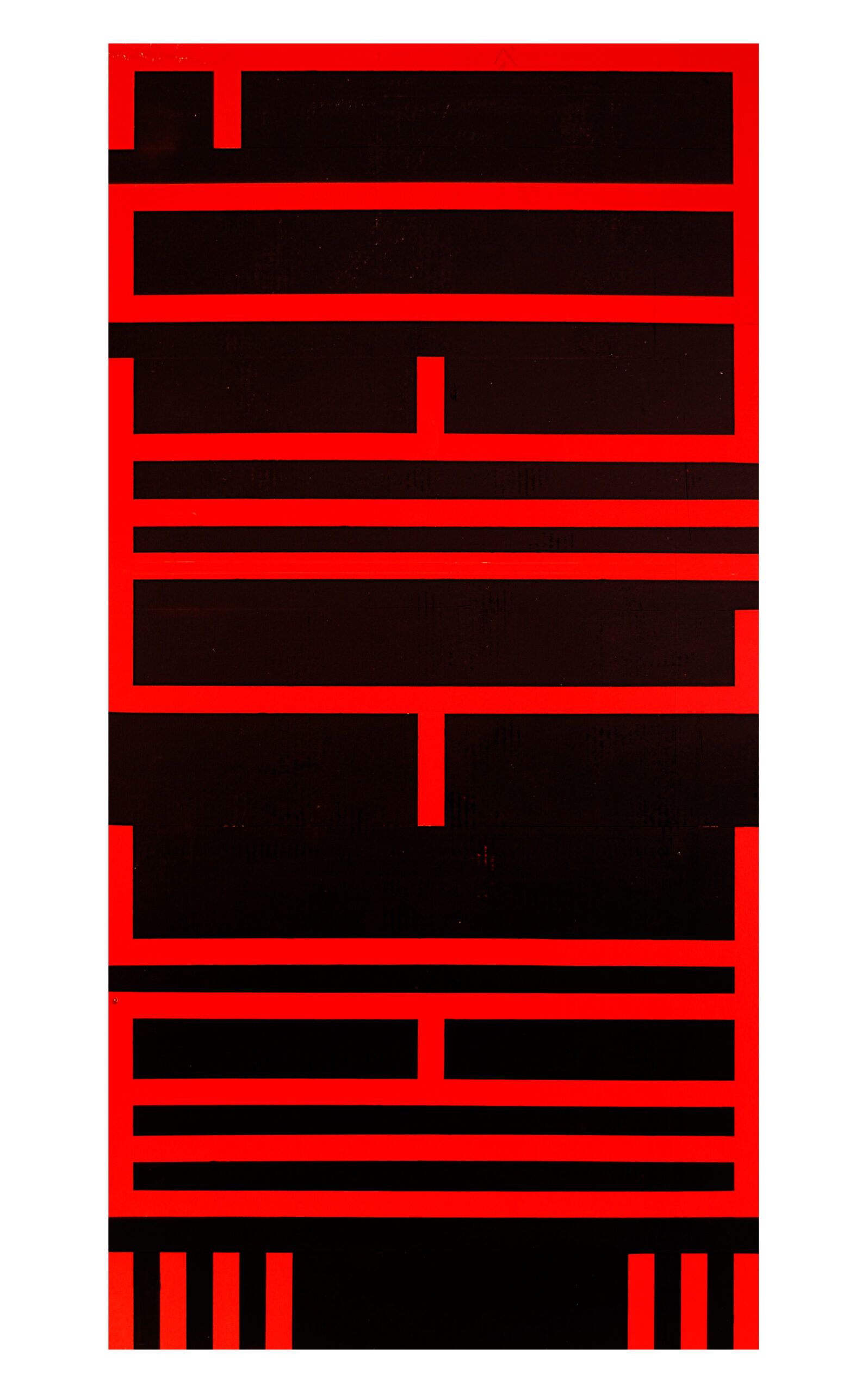At the end of the nineties, I was into photography. Influenced by the high-contrast black-and-white aesthetic of hardcore band covers like Discharge and Crass (among others), I began experimenting with infrared film and old photocopiers. That’s when I realized what I was really interested in was painting with the camera, a sort of analog Photoshop.
After several experiments, I achieved something: the images I created had a strong visual impact, the kind of photograph that doesn’t need much analysis, just like a Discharge song, the message came across directly and raw. Following the influence of Crass and all of Gee Vauchen’s militant urban guerrilla art practices, I understood that the purpose of my work was the street, not galleries. I started pasting my photos around the streets of Barcelona.
The work resonated immediately, it had an instant impact. Without realizing it, I was becoming one of the pioneers of Paste Up in Barcelona. That whole process made me fall in love with creating art in public spaces. Soon, I gave in to the spray cans and started developing my own style on walls and shutters.
From the beginning, I wasn’t a native graffiti artist, that distanced me from Wild Style, Hip Hop, and the whole New York aesthetic. At that time, I was immersed in my studies with entheogens and had just discovered Terence McKenna. I was starting to explore conspiracy theories, and IDM was at its peak. The 21st century really kicked off at full speed, a prelude to what would become the digital and Internet era.
I enjoyed an indescribable freedom, it was the last decade when living cheaply in Barcelona was still possible. I had swapped photography for painting, and spray cans cost next to nothing.
From the start, I was interested in geometry, and in street art, I was drawn to tags. So I combined tagging, hieroglyphics, and futurism to create a kind of meta-graffiti. Yes, I was writing, but in encrypted languages. The aesthetic was powerful but strange at the same time; at first, no one understood anything. I became an enigma.
Around that time, I moved to Bilbao, where I let my encrypted languages and symbolism run wild, I even did a series of interventions using Braille. I returned to Paste Up, but with a new aesthetic and a new artistic name.
I began painting compulsively, posters and stickers marked the cities, and in the first year, I went on a tour that took me to Barcelona, Bilbao, Córdoba, and Seville, spreading my art. Those were intense and wild days; painting in that semi-legal space is a delicious adventure.
Through murals, I began exhibiting in galleries and museums. I painted my pieces on wood I found in the streets, and in that way, through murals, exhibitions, travels, and countless adventures, four intense years went by.
After years in street art, I realized I wanted to explore new things, while at the same time, urban art was becoming professionalized at a dizzying pace. Eventually, the work itself led me somewhere else. On one hand, my murals were gaining scale, structure, and a broader language, until I no longer saw them as urban art, but rather as muralism. And my paintings found in abstract art the right language.
Life changes, and sometimes it’s dizzying to look back, so much happened… The truth is, every stage was a teacher.
